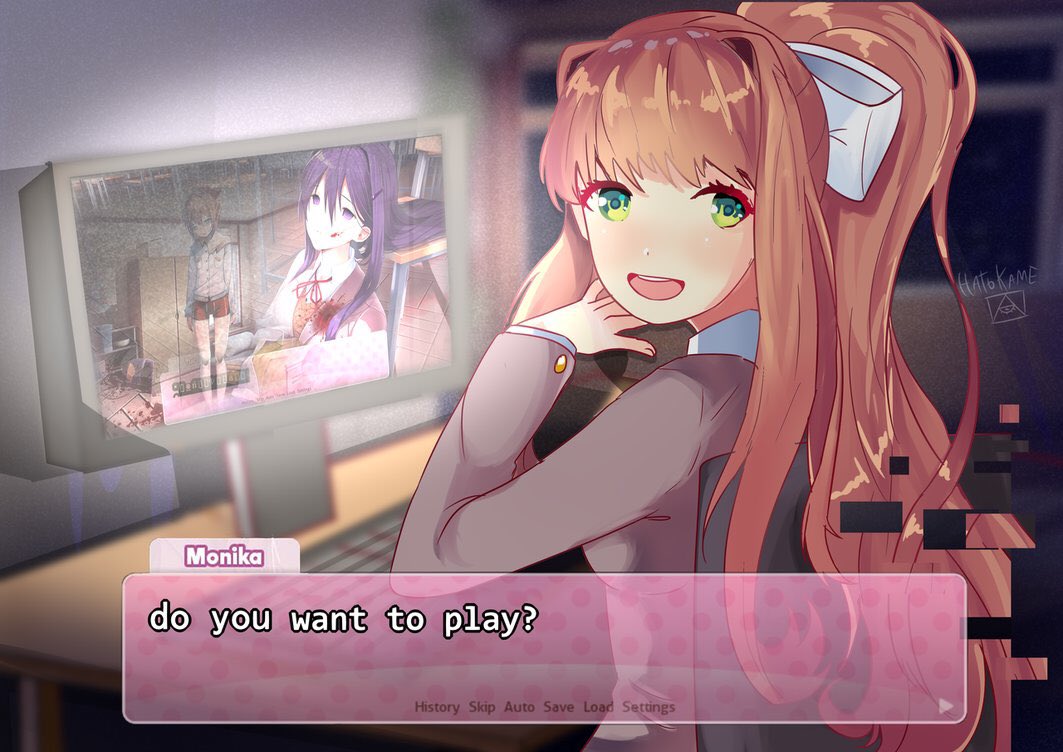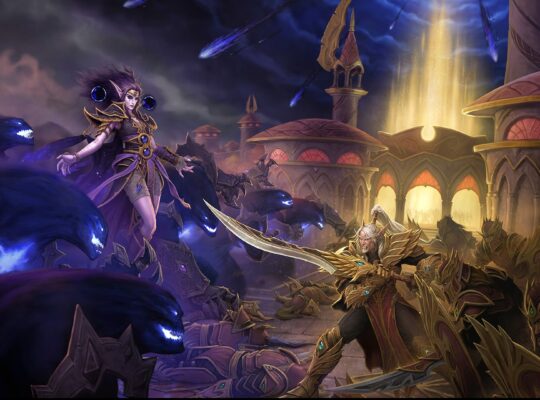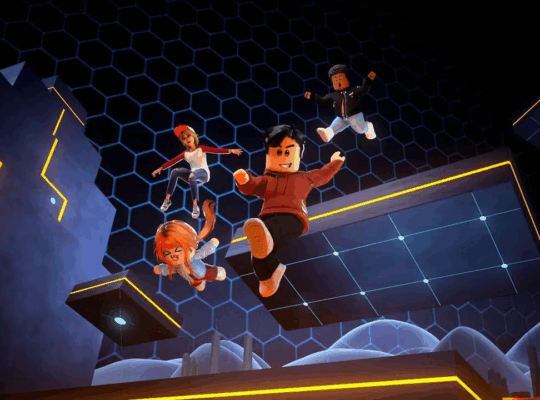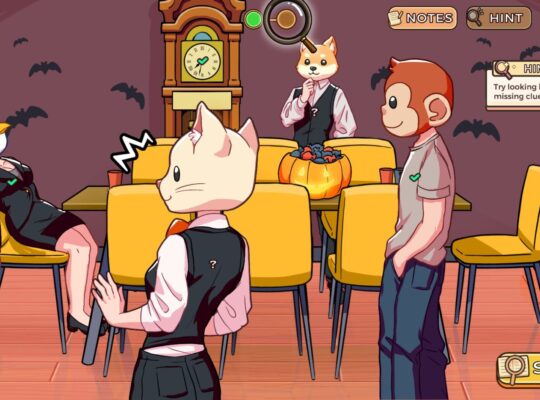Usually, games want you to forget you’re playing one. They build immersive worlds, where characters never look directly at the screen—like actors ignoring the audience on stage. That invisible boundary is called the fourth wall. But some games smash through it on purpose. They talk to you, mess with your files, or twist the rules so hard you can’t help but notice. And when done right, it’s unforgettable. Here are seven games that break the fourth wall in brilliant ways.
1. The Stanley Parable
The Stanley Parable is built entirely around breaking the fourth wall. A narrator comments on your choices in real time, reacting with surprise, annoyance, or dry humor when you disobey the “story.” Each path becomes a commentary on free will and narrative structure, making the player an active participant in shaping the game’s message.
2. Metal Gear Solid 2: Sons of Liberty
Metal Gear Solid 2 famously destabilizes player expectations in its final act. As protagonist Raiden moves deeper into the game’s climax, the AI-controlled Colonel begins issuing bizarre messages, including commands to turn off the console. The game questions the nature of digital control and surveillance, dragging the player directly into its themes of manipulation.
3. Doki Doki Literature Club!
What begins as a light-hearted visual novel quickly descends into meta-horror. Doki Doki Literature Club! acknowledges its own codebase, with characters altering files and directly addressing the player. It uses the fourth wall not just for narrative twists but to unsettle and disturb in ways only games can.
4. Undertale
Undertale tracks and remembers your choices, even across different playthroughs. Characters react not just to your actions in the current run, but also to previous saves you thought were erased. The game often speaks directly to you—not just the player character—calling into question your morality and intentions.
5. OneShot
In OneShot, you guide a catlike child named Niko through a dying world—but Niko knows they’re in a game. The narrative requires you to interact with your own computer’s files to progress, and the game addresses you by name, blurring the line between user and protagonist.
6. Pony Island
Pony Island masquerades as an innocent arcade game but quickly devolves into a demonic meta-experience. It manipulates menus, fakes system errors, and pits the player against a corrupted entity aware of its existence. By making the interface part of the story, it redefines how games can involve the player.
7. Batman: Arkham Asylum
Scarecrow’s hallucination sequences in Arkham Asylum include a moment where it appears the game has crashed or restarted. It plays with your expectations of game stability and uses the interface itself to enhance the sense of psychological disorientation, forcing the player to question what’s real.
Each of these games uses the fourth wall not as a gimmick, but as a meaningful storytelling device. By reaching beyond the screen, they turn players into characters and spectators into participants—reinforcing the idea that in gaming, the boundary between fiction and reality is always negotiable.












